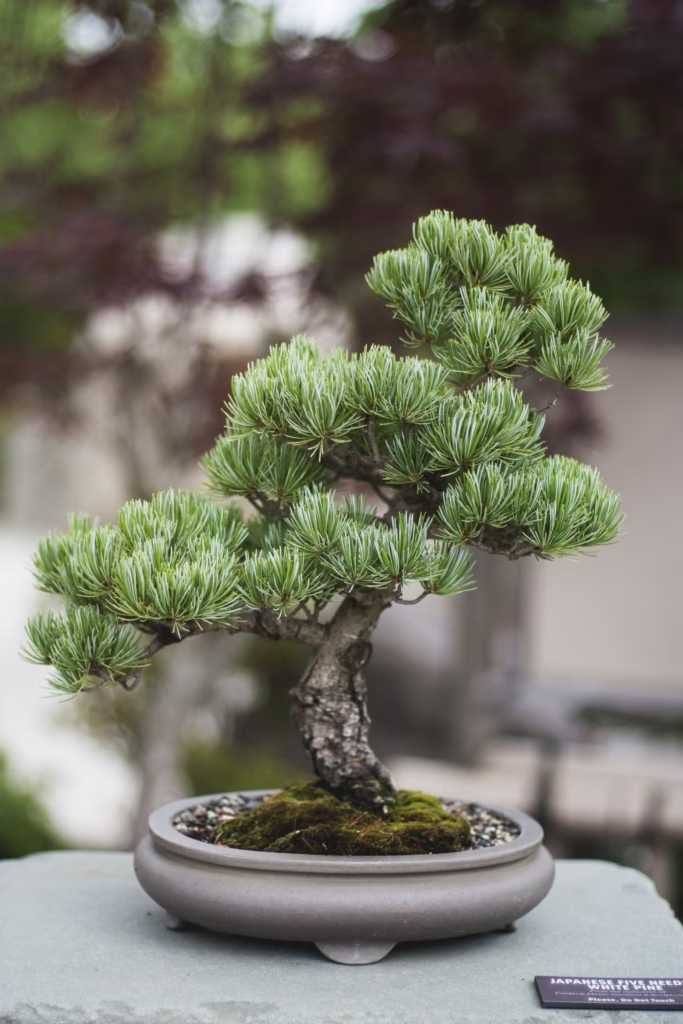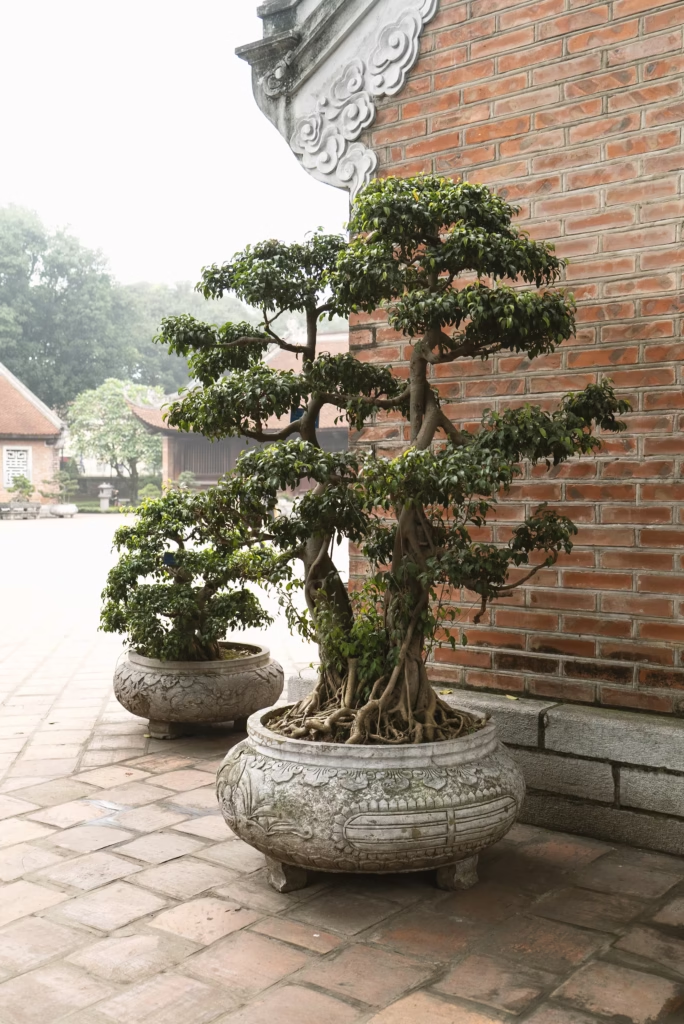
Caring for a bonsai tree is more than just watering a small plant. It’s a rewarding hobby that combines patience, creativity, and attention to detail. Whether you’re just starting or looking to improve your skills, understanding the basics of bonsai tree care is essential. From choosing the right location to pruning and repotting, every step plays a part in the tree’s health and beauty. This complete guide will walk you through everything you need to know about proper bonsai care.
Choosing the Right Bonsai Tree
Before you can care for a bonsai, you need to pick the right type. There are two main categories: indoor and outdoor bonsai. Indoor varieties like Ficus, Jade, or Chinese Elm can thrive inside your home with the right light. Outdoor bonsai, such as Juniper, Pine, or Maple, need seasonal changes and natural light to stay healthy. When selecting your bonsai, consider your climate, your home’s light conditions, and how much time you can dedicate to maintenance.
Light Requirements for Bonsai
Light is crucial for bonsai trees. Without enough sunlight, growth will slow, and the leaves may yellow or drop. Most bonsai trees prefer bright, indirect sunlight. A south-facing window is ideal for indoor bonsai, though you may need a grow light during winter or if your home is dim. Outdoor bonsai trees should be placed where they receive morning sun and some afternoon shade. Too much direct sunlight, especially in hot climates, can scorch the leaves. Regularly rotate the tree to ensure even light exposure and balanced growth.
How to Water a Bonsai Tree
Watering is the most important part of bonsai tree care, yet it’s often the easiest to get wrong. Bonsai soil drains quickly, so these trees need consistent watering. However, overwatering can lead to root rot. The key is to check the soil daily. Insert your finger about half an inch into the soil. If it feels dry, it’s time to water. Slowly pour water over the soil until it drains from the bottom. During warmer months or in dry homes, you may need to water more often. In winter, watering frequency may decrease, but never let the soil fully dry out.
Best Soil for Bonsai
Using the right soil mix is essential for bonsai tree health. Standard potting soil holds too much moisture and lacks proper drainage. Bonsai trees need a mix that supports air circulation and quick drainage. A well-balanced bonsai soil includes akadama (a hard-baked clay), pumice, and lava rock. This mix ensures the roots stay healthy and have room to grow. You can find pre-mixed bonsai soil or create your own blend based on the tree species and your environment.
Fertilizing Your Bonsai
Because bonsai trees grow in small containers, they need regular feeding to replace lost nutrients. Use a fertilizer specifically for bonsai. During the growing season—typically spring through early fall—fertilize every two to four weeks. In winter, slow down or stop feeding, especially if the tree is dormant. Liquid fertilizers work well, but slow-release pellets are also convenient. Always follow label directions to avoid overfeeding, which can damage the roots.
Pruning for Shape and Health
Pruning is one of the most artistic and important parts of bonsai tree care. It helps maintain the tree’s miniature form and encourages healthy new growth. There are two types of pruning: maintenance pruning and structural pruning. Maintenance pruning involves removing new shoots to keep the tree’s shape. Structural pruning, which is done less often, changes the tree’s main design by trimming thicker branches. Use sharp bonsai scissors or shears, and always prune during the appropriate season for your tree type. Never remove more than one-third of the foliage at once to avoid stressing the plant. This Bonsai kit is perfect for pruning, clipping and even includes the wire needed for shaping.
Wiring and Styling Techniques
To shape your bonsai tree into a desired style, you may need to use wiring. Wrapping wire around branches allows you to bend and position them. Aluminum wire is best for deciduous trees, while copper wire works well on conifers. Be careful not to wrap too tightly, as it can scar or damage the bark. Check the wire every few weeks and remove it once the branch holds its new shape. Styling with wire takes time and practice, so start with small changes and gradually adjust as needed.
How and When to Repot

Bonsai trees need repotting to prevent the roots from becoming pot-bound. As the roots grow, they fill the container and begin to circle the bottom, which can harm the tree. Most bonsai trees should be repotted every two to five years, depending on their age and growth rate. Early spring is the best time, just before new growth appears. Gently remove the tree from its pot, trim back about one-third of the roots, and place it in fresh soil. Use a bonsai pot with drainage holes, and secure the tree using wire if needed.
Humidity and Temperature Control
Bonsai trees, especially tropical or subtropical varieties, need higher humidity than most indoor environments offer. Dry air can cause leaf browning or dropping. To increase humidity, place a humidity tray filled with water beneath the bonsai pot or mist the leaves daily. Avoid placing the tree near heat vents, air conditioners, or drafty windows. Outdoor bonsai trees must be protected during extreme temperatures. In cold climates, many deciduous trees need to overwinter in an unheated garage or shed to rest during dormancy.
Dealing with Pests and Diseases
Even healthy bonsai trees can attract pests like spider mites, scale, aphids, or whiteflies. Early detection is key to keeping your tree pest-free. Check leaves, stems, and soil regularly for signs of damage. If you see bugs or mold, isolate the tree and treat it with insecticidal soap or neem oil. Yellowing leaves, spots, or black mold could indicate root rot, fungal disease, or poor air circulation. Improve airflow and adjust your watering schedule to help the tree recover.
Seasonal Bonsai Tree Care
Each season requires different bonsai care techniques. In spring, focus on pruning and repotting. This is the season of new growth, and the tree will recover quickly from any trimming. Summer is the growing season, so monitor watering needs and apply fertilizer. Provide shade if the sun becomes too intense. In fall, prepare the tree for dormancy by stopping fertilizer and reducing water slightly. For outdoor bonsai, protect the roots from freezing by mulching or placing them in cold frames. In winter, allow deciduous bonsai to rest while continuing to water indoor trees moderately and provide light.
Displaying Your Bonsai Tree
A beautiful bonsai deserves a proper display. Indoors, place it on a low table near a window with natural light. Outdoors, a garden bench or display stand can elevate the tree and protect it from ground moisture. Avoid crowding your bonsai with too many decorations. Let the tree stand out as a piece of living art. Change the display with the seasons to highlight the tree’s changing beauty and growth.
Final Thoughts on Bonsai Tree Care
Bonsai tree care is a peaceful and fulfilling hobby that brings nature into your home or garden. With consistent attention to light, water, soil, and shaping, your bonsai can thrive for many years. As you spend time with your tree, you’ll develop a deeper understanding of its needs and a stronger connection to the art of bonsai. Start with a species that matches your environment and experience level, and enjoy the process of learning and growing with your tree.
By following these care tips and making bonsai part of your daily routine, you’ll set your tree up for long-term success. Keep observing, stay patient, and never stop refining your skills. A well-cared-for bonsai is not only a living plant but a work of art that reflects your dedication and creativity.
Please be sure to check out my Gardening Blog Post Page for more tips on all types of gardening. Including Seed Saving, Seed Starting, Orchids, Water Gardening, Coldframe Gardening, Indoor Bulb Gardening, Hydroponics, Container Gardening, Mums, Herbs, African Violets, planting Bulbs, Flower Gardening, Vegetable and Fruit Gardening, Indoor Houseplants of all kinds, Cactus, Succulents, Hanging plants, Deer resistant plants and even Bird, Bee, Butterfly and Hummingbird Gardens!

